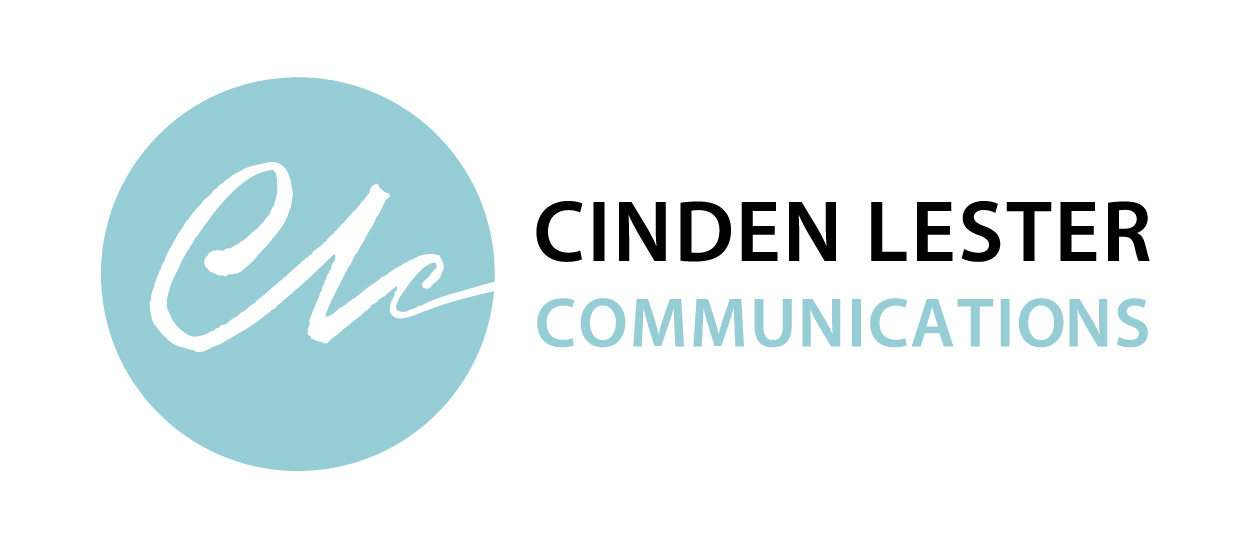 With everyone tightening their belts another notch, it’s more important than ever to communicate your value to key decision-makers.
With everyone tightening their belts another notch, it’s more important than ever to communicate your value to key decision-makers.
But simply making a lot of noise is not the answer, so step away from the loudspeaker…
What you need is a planned approach similar to a communications strategy. Here are seven prompts to help you quietly (but firmly) convince management that you are essential rather than expendable.
1. Identify your target audience—who do you need to convince?
Who ultimately makes decisions that affect you and your function? Are there other managers between you and them? Are there established channels, such as internal committees or working groups, also linked to the decision-making process? Any other influential stakeholders (internal or external) who value your work and could lend support?
2. Consider their perceptions—what’s your starting point?
What does your target audience think about your work and achievements? Do they really understand all you do and why? Do they already have a view about whether your work adds value to the organisation? What are their expectations? Are there measurable objectives for your work? If not, now is a good time to look at how you contribute to business objectives and how to measure your success.
3. Prepare your proof—what’s your return on investment?
What do you cost the organisation? What does the organisation get back in return? As well as any tangible products or outputs, you need to identify the outcomes or results of your work. How are you helping to achieve your organisation’s strategic goals and priorities? How does your work save time and money? What would happen if you didn’t do what you do? For example, would organisational risks increase, potentially costing money or reputation? Would stakeholder or employee engagement diminish? Would duplication, contradictory or less efficient work practices waste resources? Can you demonstrate or illustrate the value of your outcomes with statistics, case studies or feedback received?
4. Distil your messages—can you cut to the chase?
How can you use your proof to convince your target audience? Consider what matters most to your audience: bottom line, business reputation, stakeholder feedback, meeting performance targets? Now clearly link your messages to these measures, keeping them brief and focusing on the value you add. Break it down into small chunks that are easy to digest for clear, concise and compelling messages.
5. Choose the right format—what is the best way to package your messages?
You know your audience. Do they respond best to spreadsheets or diagrams? Bullet lists or case studies? Reports or email updates? Slide presentations or face-to-face briefings? Statistics or stakeholder quotes? The trend towards presenting information in infographic form may be a good way to go. It forces you to select the most relevant facts and figures and present them in a visually appealing way that can be understood at a glance.
6. Talk the talk—how efficient are you?
Can you crunch the numbers and count the beans? Can hold your own when pitching for your budget or demonstrating your return on investment? And how do you compare with other organisations? Can you benchmark your work against others to show you are efficient and providing value for money? Are you demonstrating best practice? Critically review what you do and identify how you could be more efficient and if you could target your time or resources differently to deliver more strategic value to your organisation.
7. Be proactive—why wait to be asked?
If you have to prepare a budget pitch or identify savings, weave your response into short report on what you do and the corresponding return on investment or value of your activities. But don’t wait to be asked. Use any interaction with management to educate the decision-makers in your organisation. Take the initiative, offer advice, share a successful outcome, deliver short reports or visual presentations, seek feedback, suggest solutions to problems or issues.
By demonstrating and reinforcing your unique value to the organisation you’ll gain management confidence and better position yourself and your function as essential, even when (or especially when) budgets are tight.
Need help to plan your internal or external communications? Contact us if you would like to talk about how we can help.
| Cinden Lester has more than 25 years’ experience as a professional writer, editor and communications specialist—having worked as a broadcast journalist, in private sector marketing and public relations, and in government communications before establishing her own Canberra-based communications consultancy. |
Sign up for free eNews tips like this sent direct to your inbox.
